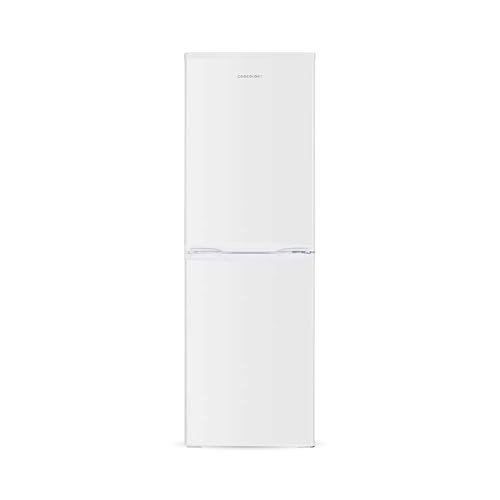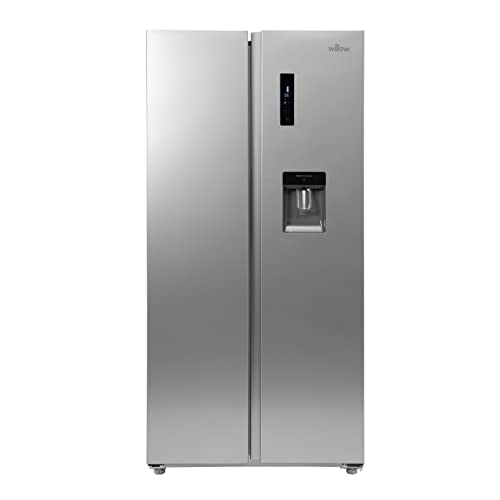
Fridge Freezer Near Me
Add a review FollowOverview
-
Founded Date October 25, 1940
-
Sectors Education
-
Posted Jobs 0
-
Viewed 26
Company Description
20 Questions You Need To ASK ABOUT Fridge UK Before You Buy Fridge UK
The Comprehensive Guide to Refrigerators in the UK
Refrigerators are a necessary home appliance in every home, serving a vital function in food conservation and safety. The UK market offers a varied range of fridge types, sizes, functions, and brands. This short article intends to offer an extensive understanding of fridges offered in the UK, including their features, energy effectiveness, and aspects to consider when purchasing.

Kinds Of Refrigerators Available in the UK
When trying to find a refrigerator, it is essential to understand the numerous types available. Each type features its own set of features and functions, dealing with various requirements and choices. The most typical types of refrigerators found in the UK consist of:
1. Leading Freezer Refrigerators
- Description: The traditional style, featuring the freezer compartment on top.
- Pros: More cost effective, spacious, simple access to fresh food.
- Cons: Limited freezer space, the top might be less convenient for bulk products.
2. Bottom Freezer Refrigerators
- Description: Freezer lies at the bottom, enabling much easier access to fresh food.
- Pros: Greater benefit, much better presence of fresh products.
- Cons: Usually more pricey, some might have problem with large frozen products.
3. Side-by-Side Refrigerators
- Description: Features two vertical compartments, one for the fridge and one for the freezer.
- Pros: Ample storage space, simple to gain access to both frozen and fresh foods.
- Cons: Wider footprint, they may not fit in smaller kitchens.
4. French Door Refrigerators
- Description: Combines features of bottom freezers and side-by-sides, with two doors for the Buy fridge uk on top.
- Pros: Stylish style, spacious, and frequently consists of advanced functions.
- Cons: Higher rate point, aligns improperly with smaller kitchen layouts.
5. Compact Refrigerators
- Description: Smaller designs designed for restricted spaces.
- Pros: Ideal for small houses or offices, energy-efficient.
- Cons: Limited storage capability, may lack features.
6. Integrated Refrigerators
- Description: Designed to blend perfectly with cooking area cabinetry.
- Pros: Custom fit, visual appeal, increases home worth.
- Cons: Higher expense, may offer less versatility in placement.
7. Smart Refrigerators
- Description: Equipped with Wi-Fi and clever innovation features.
- Pros: Advanced features like touch screens and internal cameras.
- Cons: Expensive, more complex to repair.
| Refrigerator Type | Ease of access | Average Price Range | Energy Efficiency |
|---|---|---|---|
| Leading Freezer | Moderate | ₤ 300 – ₤ 600 | Typical |
| Bottom Freezer | High | ₤ 400 – ₤ 800 | Above Average |
| Side-by-Side | Easy | ₤ 800 – ₤ 1500 | Varies |
| French Door | High | ₤ 800 – ₤ 2000 | High |
| Compact | Limited | ₤ 200 – ₤ 500 | Average |
| Integrated | Customized | ₤ 1000 – ₤ 2500 | High |
| Smart | Variable | ₤ 1200+ | High |
Key Features to Consider
- Energy Efficiency: Look for models that are energy-efficient. In the UK, devices are rated from A (most efficient) to G (least efficient). An A+ score and above can result in considerable energy savings.
- Capacity: Choose a fridge with enough capability for your family. A basic guideline is 100-200 liters per person.
- Noise Level: Consider designs that run quietly, especially if the kitchen area is near living spaces.
- Cooling Technology: Features like frost-free innovation deserve the financial investment, as they decrease upkeep.
- Adjustable Shelves: Having adjustable shelves improves the flexibility to store bigger items.
- Temperature Control: Check for user friendly temperature level controls and zones for different kinds of food.
- Design: Choose the style and color that matches your kitchen area visual, whether you choose a modern stainless steel look or a timeless retro surface.
Purchasing Tips
- Identify Your Needs: Consider your cooking habits, household size, and kitchen space.
- Set a Budget: Refrigerators can be found in various cost ranges. Establish a budget plan before you begin shopping.
- Research Study Energy Ratings: Invest in energy-efficient designs to minimize energy expenses.
- Check out Reviews: User experiences can offer insights into reliability and performance.
- Compare Brands: Some brands are understood for their sturdiness while others might provide more ingenious functions.
Frequently Asked Questions (FAQs)
1. For how long do refrigerators normally last?
- Fridges usually last between 10 to 20 years, depending on the brand name and how well they are kept.
2. Are there any maintenance ideas for extending the life of a refrigerator?
- Regularly tidy the coils, examine the door seals, and occasionally thaw if needed to preserve optimal efficiency.
3. What is the best size refrigerator for a family of 4?
- For a household of four, a refrigerator with a capacity of around 400-600 liters is normally adequate.
4. Do I need to fret about energy intake when purchasing a refrigerator?
- Yes, energy intake is essential. Search for systems with high energy performance scores to minimize monthly expenses.
5. Should I pick a fridge with a water and ice dispenser?
- This function can be practical, particularly for families. Nevertheless, it may need more maintenance than standard models.
Buying a refrigerator is a significant decision for any home in the UK. With different types offered, each with its distinct functions and benefits, it is important to examine specific requirements before deciding. By thinking about factors such as energy performance, capability, and design looks, consumers can pick a fridge that aligns well with their lifestyle, ultimately improving their cooking area experience while protecting food quality and freshness.


